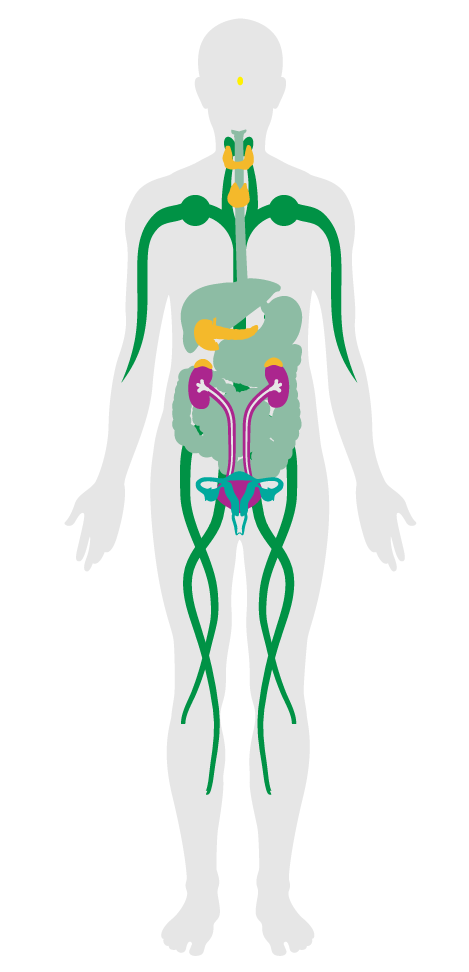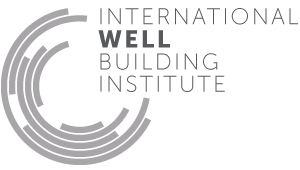Cleaning equipment
29. Cleaning equipment
High performance cleaning equipment increases the effectiveness of cleaning practices. Cleaning equipment that removes debris and fomite material not only prevents the spread of contaminants, but also reduces repetitive work and contact time with potentially harmful chemicals for cleaning staff.
This feature specifies cleaning equipment designed to achieve efficient disinfection of surfaces, reduce cross-contamination and decrease exposure to toxic cleaning chemicals.
High-touch and non-porous surfaces (refer to Table A1 in Appendix C) meet the following requirements:
All cleaning equipment meets the following:

Applicability Matrix
| Core & Shell | Tenant Improvement | New Construction | |
|---|---|---|---|
| Part 1: Material Properties | - | O | O |
| Part 2: Chemical Storage | - | O | O |
| Commercial Kitchen | Schools | Multifamily Residential | Restaurant | Retail | |
|---|---|---|---|---|---|
| Part 1: Material Properties | P | O | O | P | O |
| Part 2: Chemical Storage | O | O | O | O | O |
Verification Methods Matrix
| Letters of Assurance | Annotated Documents | On-Site Checks | |
|---|---|---|---|
|
PART 1 (Design) Material Properties |
Architect | ||
|
PART 2 (Design) Chemical Storage |
Auditor Inspection |
| 29.1.a |
OSHA/NIOSH's Protecting Workers Who Use Cleaning Chemicals info sheet recommends the use of microfiber mops, rags and dusters. |
| 29.1.c |
OSHA's Protecting Workers Who Use Cleaning Chemicals info sheet recommends the use of hands-free mops. |
| 29.2.b |
Protecting Workers Who Use Cleaning Chemicals info sheet recommends avoiding the mixing of cleaning products that contain bleach and ammonia. |
| 29.1.b |
The EPA's Greening Your Purchase of Cleaning Products: A Guide for Federal Purchasers provides a list of green cleaning product resources, including Design for the Environment, EcoLogo and Green Seal labels. |
| 29.2.a |
The EPA's Chemical Management Resource Guide for School Administrators recommends separate storage for bleach and ammonia products. |
| 29.1.d |
The CDC's Guideline for Isolation Precautions: Preventing Transmission of Infectious Agents in Healthcare Settings recommends vacuum cleaners be equipped with HEPA filters. |
